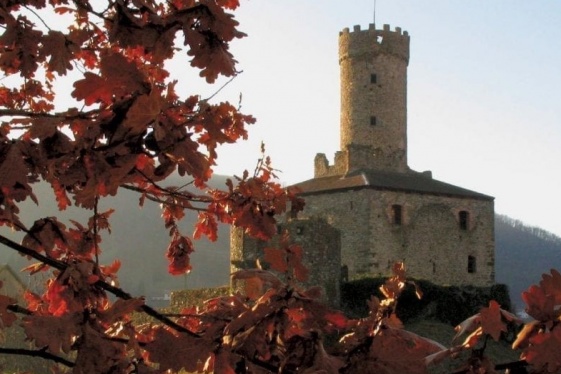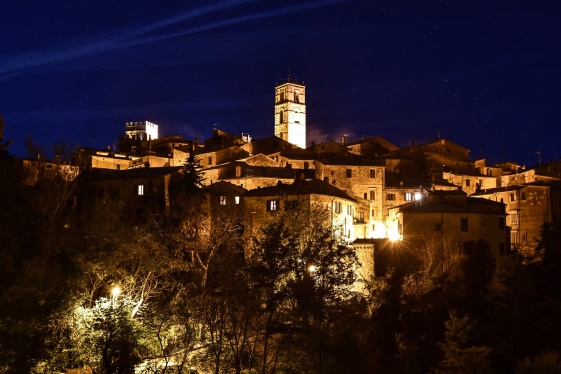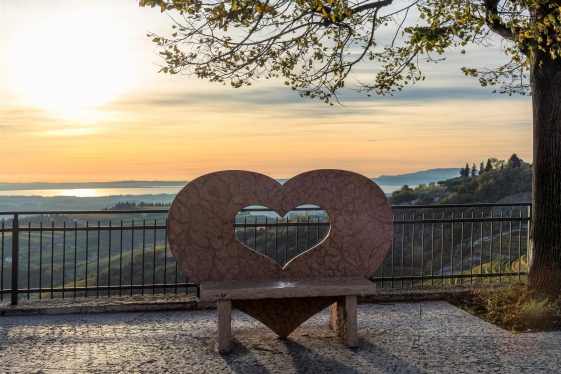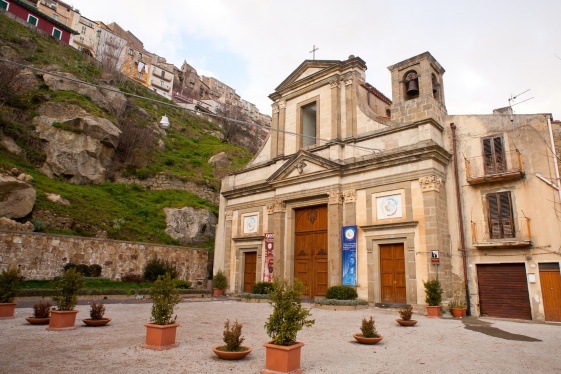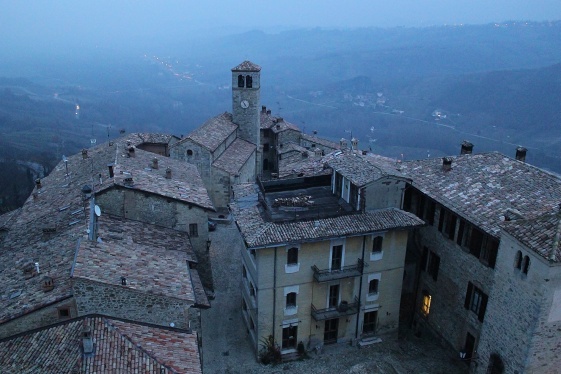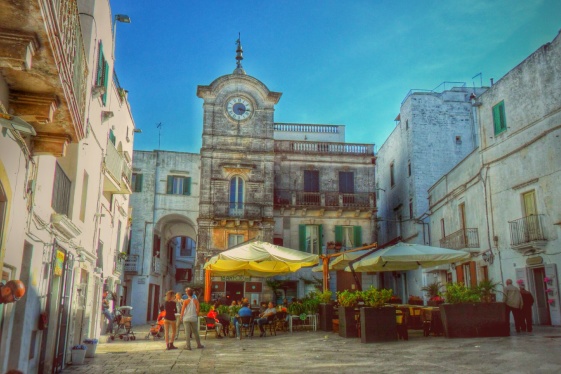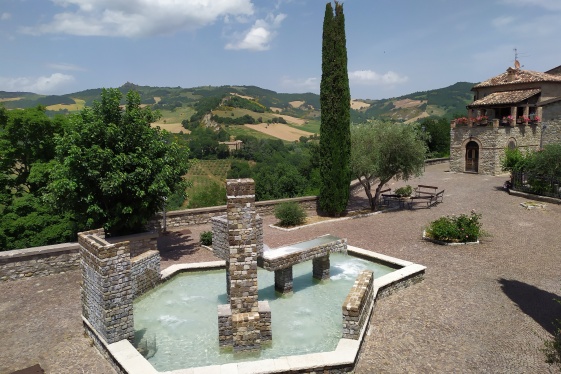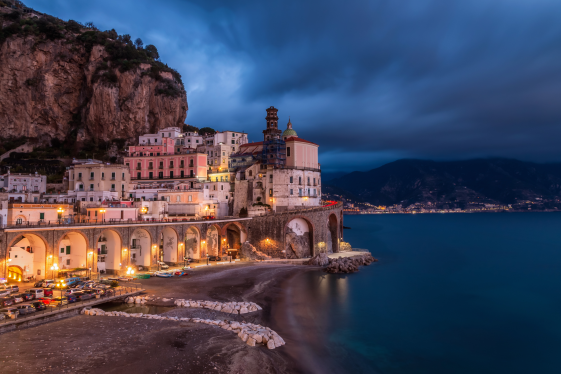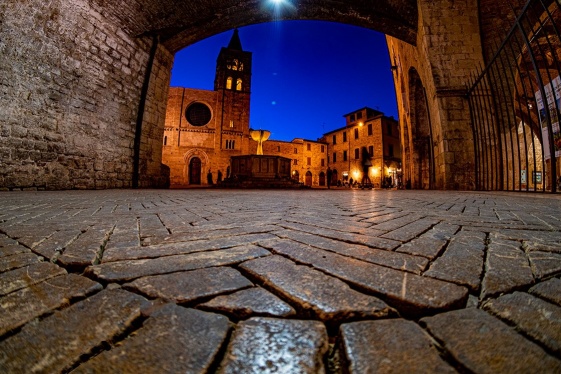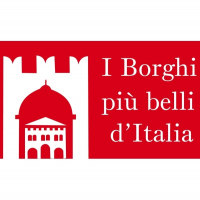
I borghi più belli d'Italia
The goal of our Club, which was not created merely as an integrated tourist promotional operation, is to guarantee - through protection, restoration, promotion and utilization - the preservation of a great heritage of monuments and memories that would otherwise be irretrievably lost. http://www.borghitalia.it/
Italian little Italies: Campo Ligure, the light art of filigree
The Castle has been restored and is now used for concerts and cultural events. The walls were built during the 12th century, while the tower is more recent. It was restored in 1310, then it was abandoned in the 18th century. Entering the old town from the main street, you will see the Oratory of Saints Sebastiano and Rocco, built in 1647 in Baroque...
Italian little Italies: San Casciano dei Bagni, the thermal baths of the Grand Duke
San Casciano dei Bagni has been famous over the centuries for its thermal springs. Located on the hills of Siena, near the border with Lazio, its urban structure naturally traces a route that gently accompanies you during the discovering of its most beautiful corners. It is a circular itinerary, like the old town centre, that goes around the hill...
Italian little Italies: San Giorgio, among olive trees and vineyards of Valpolicella
The Parish Church of San Giorgio of Valpolicella, in the center of the Borgo, dates back to the VII-VIII century. It is one of the most ancient place of worship of the territory and it is still in use. The church was built on the remains of former ancient buildings and features three aisles and two contrasted apses. It was restored at the beginning...
Italian little Italies: Troina, first Norman capital of Sicily
Troina is a very ancient city. The first settlements in the territory go up again to the prehistoric period while the first nucleus of the inhabited center goes up again to the IV century to. C. Many studious identify Troina with the ancient Engyon, center of the pre-Hellenic temple devoted to the cult of the Goddesses Mothers. Because of its geogr...
Italian little Italies: Caramanico Terme, the thaumaturgic waters of Maiella
From the woods of Mt. Maiella, the Borgo of Caramanico looks like “a melt of Acropolis”, as city planners call high middle ages settlements that have this kind of structure. The village was founded in Longobard period on a promontory at the confluence of two rivers, the Orfento and the Orta. The main path develops on the line of the ridge, with ato...
Italian little Italies: Vigoleno, a patrol path through the countryside of Piacenza
Vigoleno is a village-castle where everything seems to be, despite the narrowness of the space, a labyrinth in which you never know where you are, whether in the medieval village or in the castle, so much so that one is mirrored in the other. Vigoleno has a great evocative power. What impresses most, looking from the plain, are the wide expanses of...
Italian little Italies: Gradisca d'Isonzo, a frontier baroque town
Gradisca’s architectural structure has been influenced by four historic periods: the Venetian period (15th century), the Austrian period (17th century), the Habsburg period (19th century) and the Italian period (20th century). The borgo was born as a bulwark against the frequent and devastating Turkish incursions, it was built by Venetian architect...
Italian little Italies: Cisternino, the dazzling kasba of the Itria Valley
There is a suggestive atmosphere in the borgo, among houses, tiny streets and courtyards. The Borgo is an example of “spontaneous architecture” designed not by architects following a preestablished plan, but rather by human relations to be fit together, among white painted houses and narrow streets, tiny courtyards and outside stairs, arches and fl...
Italian little Italies: Frontino, a corner of paradise in Montefeltro
The castle is perched on a cliff overlooking the Mutino valley. High walls, towers, squares, paved streets, flowers and plants along the streets welcome the visitor. The silence, broken only by the flock of century-old oaks and the light mountain air draw the picture of a landscape of the soul, where reality becomes almost fantastic, recalling ima...
Italian little Italies: Atrani, A brief smile of houses on the coast
The beach that surrounds Atrani is the wonderful scenery that surrounds the Borgo that, with its tiny houses built on top one of the other, looks like a nativity scene, especially at night with the glimmering lights. In daytime, the tiny streets seem to disappear behind the houses only to reappear suddenly, widening into a small square, where the l...
Italian little Italies: Bevagna, Artisanal masters
Bevagna has preserved virtually intact its medieval urban structure, which for the most part follows the plan of the ancient Roman town. You can start visiting this Borgo from Piazza Silvestri, with its irregular structure that will show you how harmony can be created from an apparent chaos of styles, histories eras. This is one of the most magnifi...
Italian little Italies: Monforte d'Alba, UNESCO heritage in Piedmont's wine landscapes
The heart of the borgo is the residence of the Scarampi Marquises, located next to the square in which the Auditorium Horszowski was built and where the Bell Tower and the two Confraternities of St. Elizabeth and St. Augustine stand. Nothing remains of the original castle of Monforte, documented in the 11th century. On the site of the previous cast...



